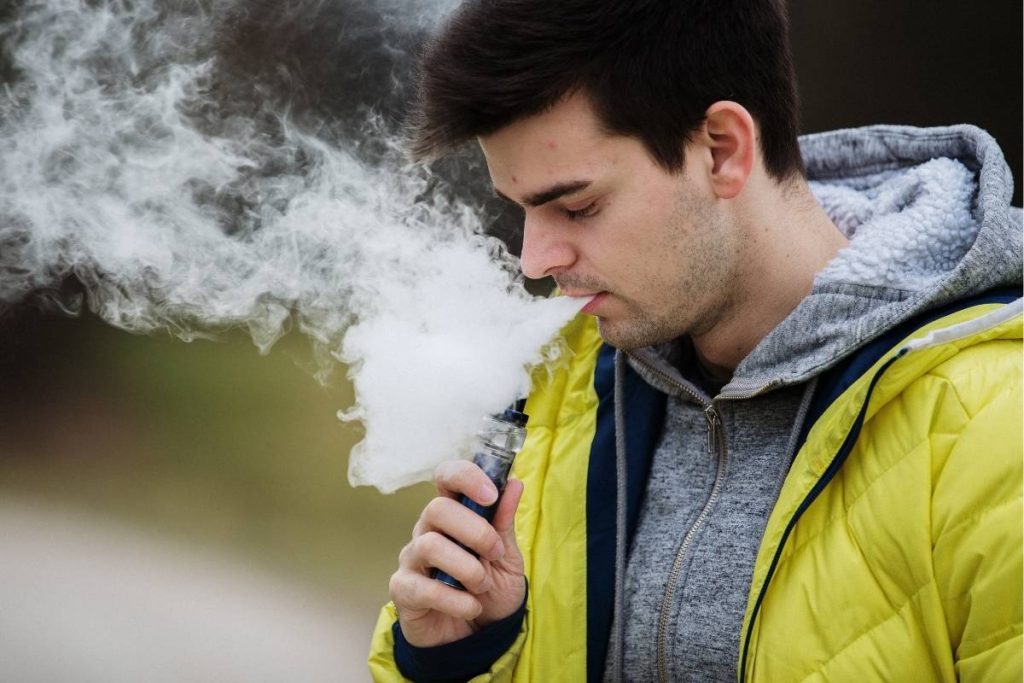The unveiling of a $160 million by Michael Bloomberg and Matthew Myers has led to unending debates among nonprofit organizations and Tobacco companies. The campaign advocated ending smoking cigarettes among kids since it is harmful to their health and opted for vaping.
However, not all nations have banned the use of premium flavored e-cigarettes except for Michigan and San Francisco.
Philanthropy is the practice of donating resources and time to improve other people’s lives. In most instances, the wealthy are the ones who have something to give back to society to bring a positive change with a take that free giving comes with no returns.
E-cigarette use among children is a severe epidemic that needs to be dealt with. The billionaire philanthropists attacked Big Tobacco for putting the lives of young people in damage through introducing addictive e-cigarettes available in friendly flavors such as gummy bears and cotton candy.
What Philanthropy Is Accomplishing?
Philanthropy is working hard to ensure the banning of e-cigarettes among teens has been accomplished. They do so by exploring what has worked, the failures, and the donor’s achievements.
The campaign has been effective with more nations such as Australia, New York, Rhode Island, Brazil, New Jersey, India, Massachusetts, and California banning the use of e-cigarettes. Other big cities which did so are Philadelphia and Chicago. This also resulted in a vast decline in e-cigarette use among middle school and high school students.
Bloomberg’s funding has yielded positive results as far as fighting to prevent tobacco use is concerned. This is also a substantial philanthropic success among Bloomberg philanthropists and Tobacco-Free kid’s organizations.
For a long time, Bloomberg Philanthropies have spent their resources and influence to prevent aping among kids. However, their opponents have criticized this campaign claiming that it’s misguided and built on a shaky science that will be more harmful in the long run.
The e-cigarette argument has split nonprofit organizations and governments across the globe. However, the British government has been on the frontline advocating for vaping as an alternative to smoking, pointing out its dangers among young people.
Harm-Reduction Debate
Most nonprofits and foundations have been at a crossroads about health and vaping. Currently, there are no funds provided by philanthropists to encourage harm reduction. Harm reduction is all about restricting the dangers of risky behavior by providing alternative options to drug users, contraceptives for teens, and e-cigarettes for regular smokers. Harm reduction best applies to situations where the no or abstinence strategies do not apply.
Conclusion
With the above guide, it is clear that the philanthropist campaign has successfully banned all the flavored e-cigarettes among young people. All nations should implement laws against selling flavored e-cigarettes and tobacco products to teens below 21 years.
The perfect solution for vaping would be to keep it from kids and maintain it as an alternative for smokers who want to quit. The age limit should be enforced to prevent the anti-tobacco organizations from going beyond harm reduction.

